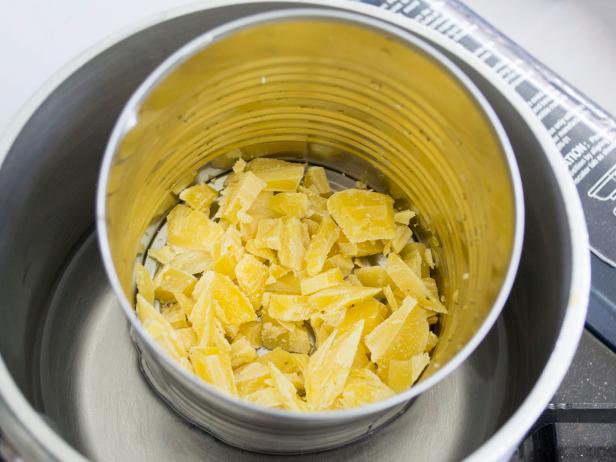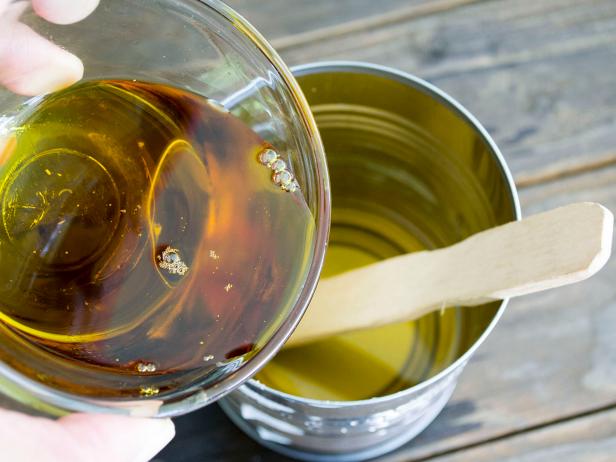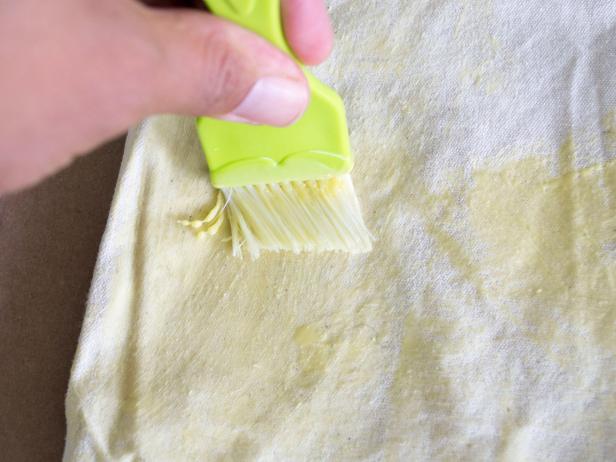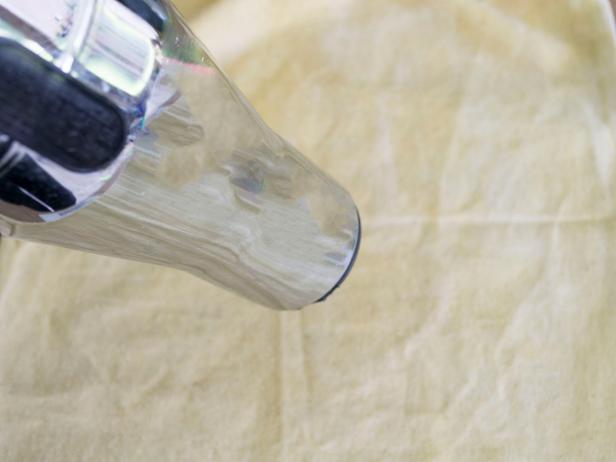
Prerequisites
- beeswax (chopped or grated)
- boiled linseed oil
- craft brush
- tin can
- wood craft stick
- small sauce pan
- hair dryer
- fabric (cotton, canvas or leather)
This is a messy project. Make sure you protect your work surface with newspaper or cardboard. You do not have to use high quality beeswax for this project. In fact, you can get beeswax toilet gasket rings at home improvement stores—they are cheap. Because of the fumes of the boiled linseed oil, it’s better to do this outdoors or in a well-ventilated area.
Description
Make your favorite fabric accessory weatherproof with two simple ingredients.
If you like to camp or spend time outdoors, chances are you will someday get caught in the rain. Instead of spending an arm and a leg on “waterproof” bags or fabric, try this simple method of weatherproofing to help protect your belongings from moisture.
- Difficulty: Medium
- Cost: Cheap
- Prep time:
- Execution time:
- Wait time: 0m
6 Dry and Test
Let the fabric dry in a well-ventilated area for a day or two. If it feels tacky, then it’s not dry enough. The surface should feel smooth without any residue on your skin once it’s dry. Test the fabric by pouring a small glass of water onto the surface with you hand under it. The water should bead up on the surface but not seep through. You can use this weatherproofing method on cottons, canvas and leather.
7 تست
تست شرحتست شرحتست شرحتست شرتست شرحتست شرحتست شرحتست شرحتست شرحتست شرحتست شرحتست شرحتست شرحتست شرحتست شرحتست شرحتست شرحتست شرحتست شرحتست شرحتست شرحتست شرحتست شرحتست شرحتست شرحتست شرحتست شرحتست شرحتست شرحتست شرحح






